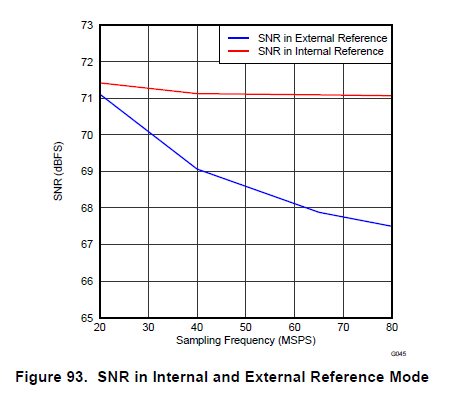Other Parts Discussed in Thread: OPA4353
Datasheet has this note:
"The external amplifier must provide an average current of 5 mA or less at the maximum sample rate."
Not sure how to interpret that. Do I need a wide-band amplifier to drive the reference pins?



